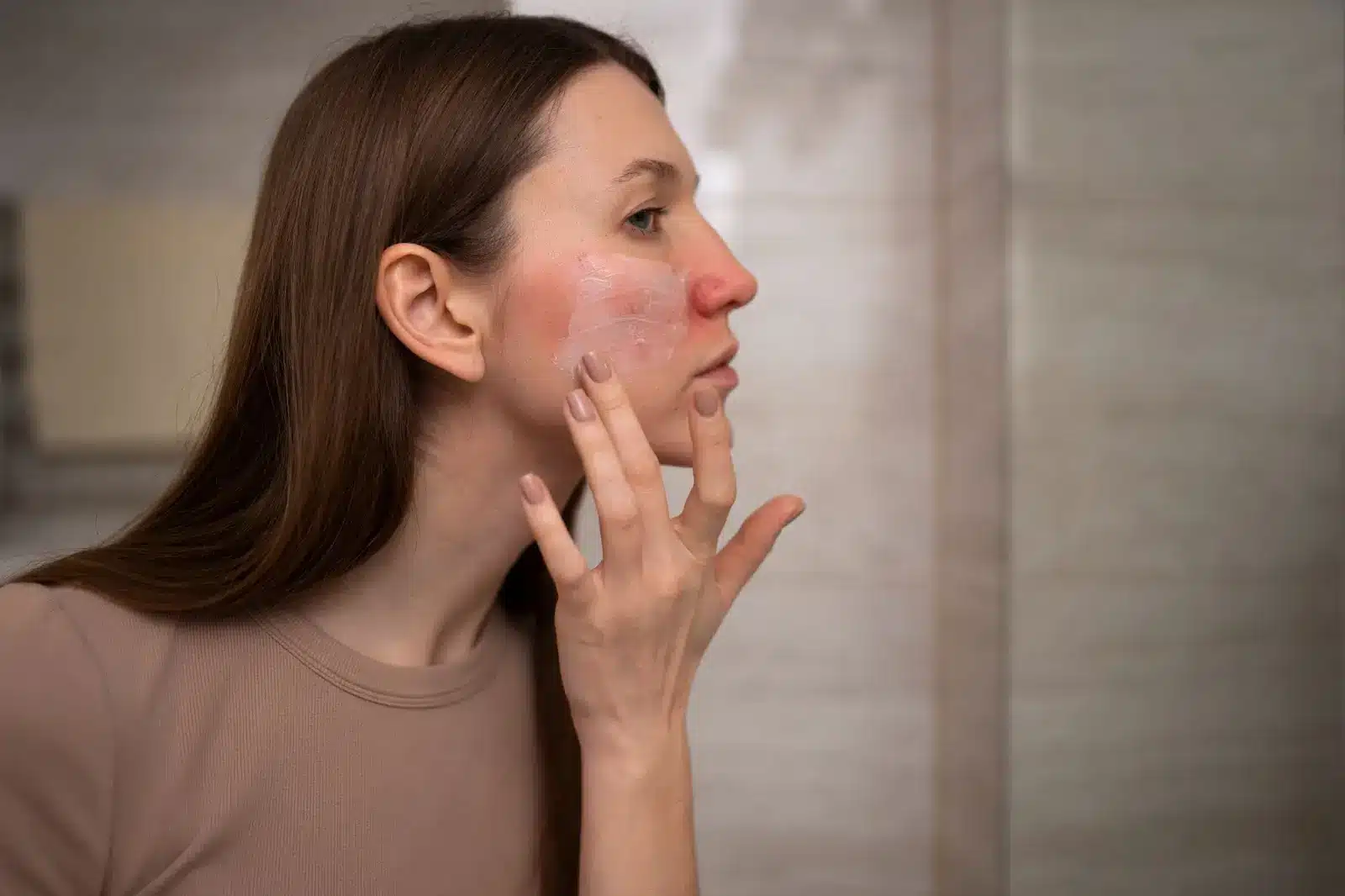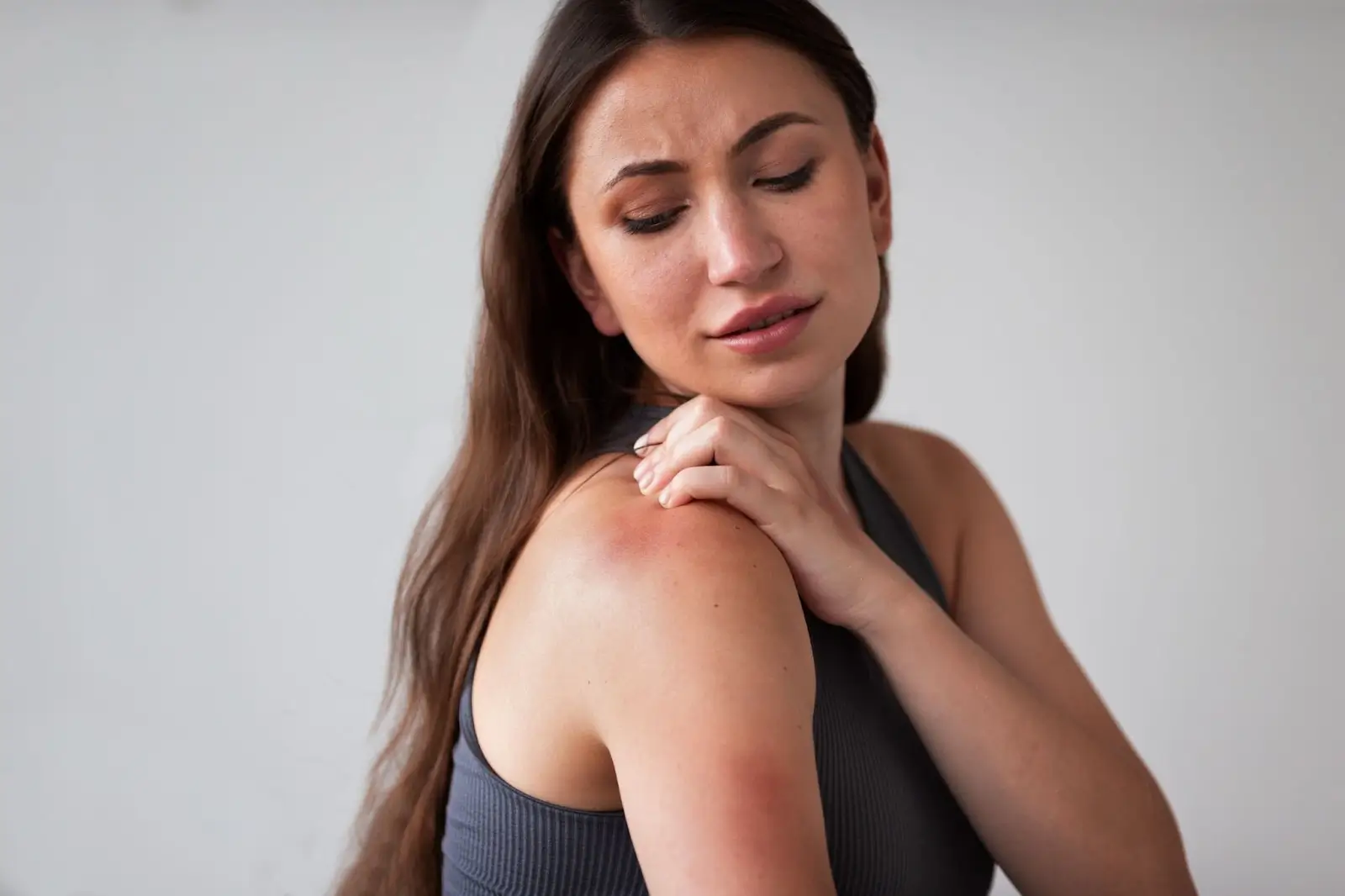
Adverse drug reactions continue to pose a significant global challenge, with a notable percentage of hospital admissions attributed to medication-related side effects. Even routine treatments in the realm of aesthetic medicine carry risks, particularly when performed without proper training or thorough patient screening.
One such treatment is Liporase, a hyaluronidase-based injectable widely used to dissolve dermal fillers. While it offers valuable corrective benefits, it’s essential to be aware of the potential side effects, ranging from mild swelling and bruising to rare but severe allergic reactions.
In this article, we will dive deep into the full spectrum of Liporase’s side effects, providing insights from both patient and practitioner experiences, and offering a clear understanding of what to expect before, during, and after treatment.
Key Takeaways
- Liporase is a hyaluronidase-based injectable primarily used to dissolve dermal fillers, correct overfilled areas, and treat vascular occlusions.
- Common local reactions to Liporase include redness, swelling, mild bruising, tenderness, and itching, which typically resolve within a few days with minimal intervention.
- Delayed swelling or inflammation (48–72 hours post-treatment) can occur, potentially due to an immune response, and may require allergy management protocols.
- Hypersensitivity reactions, though rare, can include rash, fever, and localized warmth or firmness at the injection site.
- Serious reactions, such as anaphylaxis or tissue necrosis, are extremely rare but can occur if Liporase is administered improperly, underscoring the importance of proper technique and thorough patient screening.
- Tissue necrosis is a misconception, as hyaluronidase is specifically used to reverse vascular compromise and prevent necrosis caused by filler blockages.
- Patient screening, including medical history and patch testing, is essential for minimizing risks and ensuring safe use of Liporase.
- Most Liporase side effects are manageable and temporary, making it a safe and reliable treatment when administered by trained professionals.
About: Doctor Medica is your trusted supplier of top-quality dermal fillers, viscosupplements, and more for your medical practice. We offer genuine products from leading brands at the lowest prices in the market. If you’re looking to order Liporase online for your practice, contact Doctor Medica today.
Common Local Reactions with Liporase

Liporase is a widely used injectable enzyme designed to break down hyaluronic acid (HA) fillers. It plays a critical role in aesthetic medicine, offering solutions for overfilled areas, vascular occlusions, and enhancing the overall results of filler treatments.
While generally well tolerated, Liporase side effects can still occur, typically presenting as localized and short-term reactions. These effects usually appear within 24 to 48 hours of the injection and tend to resolve with minimal intervention.
- Redness and Swelling: Among the most frequently observed reactions. These symptoms are a natural inflammatory response to both the injection and the enzyme’s activity. Swelling may appear slightly more prominent in areas with thinner skin or higher vascularity, such as the lips or under-eye region.
- Mild Bruising: Can develop around injection sites, particularly if the injection disrupts small blood vessels. Bruising is more common in patients who are prone to hematomas or those taking blood-thinning supplements.
- Tenderness or discomfort: Occurs as the tissue undergoes enzymatic breakdown and adjusts to the changes in volume and filler degradation. Most patients describe the sensation as a mild ache or pressure rather than sharp pain.
- Itching or Feeling of Tightness: As the filler dissolves and the skin adjusts, patients might notice a subtle pulling sensation or an increase in skin sensitivity. This sensation is part of the tissue’s regeneration phase and typically disappears on its own without requiring further treatment.
These local reactions are considered normal and manageable when patients follow proper aftercare, such as avoiding strenuous activity, sun exposure, and the use of cosmetics for 24 to 48 hours. According to many positive Liporase reviews, these side effects are minimal, especially when compared to the complications that can arise from untreated filler issues.
Less Frequent Hypersensitivity & Allergic Reactions

Although hypersensitivity reactions to Liporase are relatively rare, they can occur, especially in patients with known allergies or previous negative experiences with hyaluronic acid (HA) fillers. As hyaluronidase is a polypeptide enzyme, it has a small potential to trigger immune-mediated responses, particularly in individuals with heightened immune sensitivity.
- Delayed Swelling or Inflammation: May develop 48 to 72 hours after the injection. This reaction can appear suddenly, even after a seemingly uneventful procedure, and often suggests an immune response rather than mechanical irritation. Patients may notice puffiness that feels disproportionate to the original injection site and may not be relieved by typical anti-inflammatory measures.
- Rash or Hives: Can present as isolated welts near the treated area or as more generalized eruptions across the body. These itchy or raised lesions are indicative of histamine release, prompting clinicians to consider allergy management protocols. In sensitive patients, these skin changes can last for several days if left untreated.
- Low-Grade Fever or Fatigue: Has occasionally been reported and may suggest a mild systemic immune reaction. While these symptoms are usually benign and self-resolving, they may indicate that the patient’s immune system is reacting to the hyaluronidase protein.
- Localized Warmth or Firmness: May develop at or near the injection points and could be an indication of either an allergic response or tissue overcorrection. This firmness can sometimes be mistaken for product migration or the formation of nodules, but the presence of heat and tenderness helps distinguish it as an inflammatory response.
Most allergic reactions to Liporase are mild and temporary, particularly when identified early. However, any suspected hypersensitivity should be taken seriously. For non-emergency cases, such as elective filler correction, it’s best to use a patch test. This allows clinicians to assess for delayed immune reactivity and provide reassurance to first-time users.
Severe Reactions: Anaphylaxis, Tissue Irregularities
Though extremely rare, serious complications have been reported with Liporase, most often due to improper technique or missed contraindications during patient screening.
Anaphylaxis is the most critical risk, presenting with symptoms like breathing difficulty, rapid heartbeat, facial swelling, or dizziness. It requires immediate medical care, including epinephrine administration and respiratory support. Fortunately, with proper patch testing and clinical vigilance, this type of reaction is highly preventable.
Tissue necrosis—often considered a risk of hyaluronidase—is, in fact, a misunderstanding. Hyaluronidase is explicitly used to reverse filler-induced vascular compromise and prevent necrosis, particularly in the case of vascular occlusions. The potential for tissue necrosis only arises if Liporase is accidentally injected into a blood vessel or administered in excessively high doses, disrupting local circulation, leading to skin blanching, sharp pain, and eventually ulceration.
Other rare risks include contour deformities from overcorrection and the formation of nodules due to partial degradation or filler migration. These outcomes are extremely rare, but they highlight the importance of expert handling and precise anatomical knowledge during treatment.
Safety Mitigation: Patient Screening & Patch Test Protocols
Reducing the risk of Liporase side effects starts with preventive strategies during consultation and injection planning. Proper technique and patient awareness are key in reducing complication rates.
- Medical history screening should include inquiries about allergies, autoimmune conditions, previous filler types, and any prior reactions to fillers.
- A patch test, involving a small subdermal injection behind the ear or on the forearm, can help assess potential allergic reactions. It’s essential to observe for 48 hours for delayed responses.
- Informed consent must clearly explain the benefits, risks, and alternatives to Liporase, especially in elective procedures.
- Dosing and dilution should follow protocol-specific guidelines. Higher concentrations (e.g., 1:2) are used for emergency correction, while lower concentrations (e.g., 1:5 or 1:6) are suitable for minor corrections.
- Monitoring and follow-ups are crucial for assessing the response and addressing emerging issues, such as residual swelling or tissue asymmetry.
Practitioners should always have emergency equipment readily available, particularly when performing injectable procedures in vascular or high-risk zones.
Conclusion
Liporase is a powerful and effective tool in aesthetic medicine, particularly for correcting HA filler overuse or complications. Most Liporase side effects are mild, predictable, and easily manageable with proper care and treatment. Rare but serious complications highlight the importance of skilled administration and thorough screening.
When used correctly, Liporase provides reliable filler correction with a high margin of safety, making it a staple in the toolkit of many aesthetic professionals.
FAQs
1. How long do Liporase side effects last?
Most local reactions, such as redness or swelling, typically resolve within 1–3 days. Bruising may take up to a week to subside. Rare allergic responses may take longer and should be monitored by a healthcare provider.
2. Can I have an allergic reaction to Liporase?
Yes, although rare, hypersensitivity or allergic reactions can occur. Patch testing is recommended, especially for patients with a history of allergies or autoimmune issues.
3. What should I avoid after a Liporase injection?
Avoid strenuous exercise, sun exposure, alcohol, and applying makeup to treated areas for 24–48 hours. These precautions help minimize bruising and support healing.
References
Access to Medicines and Health Products (MHP). Safety of medicines : a guide to detecting and reporting adverse drug reactions : why health professionals need to take action. Published January 1, 2002. https://www.who.int/publications/i/item/WHO-EDM-QSM-2002-2
Jung H. Hyaluronidase: An overview of its properties, applications, and side effects. Arch Plast Surg. 2020;47(4):297-300. doi:10.5999/aps.2020.00752
Ponomareva T, Sliadovskii D, Timchenko M, Molchanov M, Timchenko A, Sogorin E. The effect of hepatopancreas homogenate of the Red king crab on HA-based filler. PeerJ. 2020;8:e8579. Published 2020 Feb 12. doi:10.7717/peerj.8579
Related Articles
Joanna Carr
How Long Does Cimzia Stay in Your System? – Duration and Effects
Learn about the duration and effects of Cimzia in your system. Discover how long Cimzia stays active, its impact on your body, and what to expect duri...
Joanna Carr
Bellast Filler Side Effects – A Thorough List
Uncover the full list of Bellast Filler side effects in this detailed guide. Learn about potential risks, safety tips, and what to expect before and a...
Joanna Carr
Dr Cyj Effects – Both Positive and Negative
Discover the effects of Dr. Cyj Hair Filler—explore both positive outcomes like hair regrowth and potential negative side effects for informed decisio...


